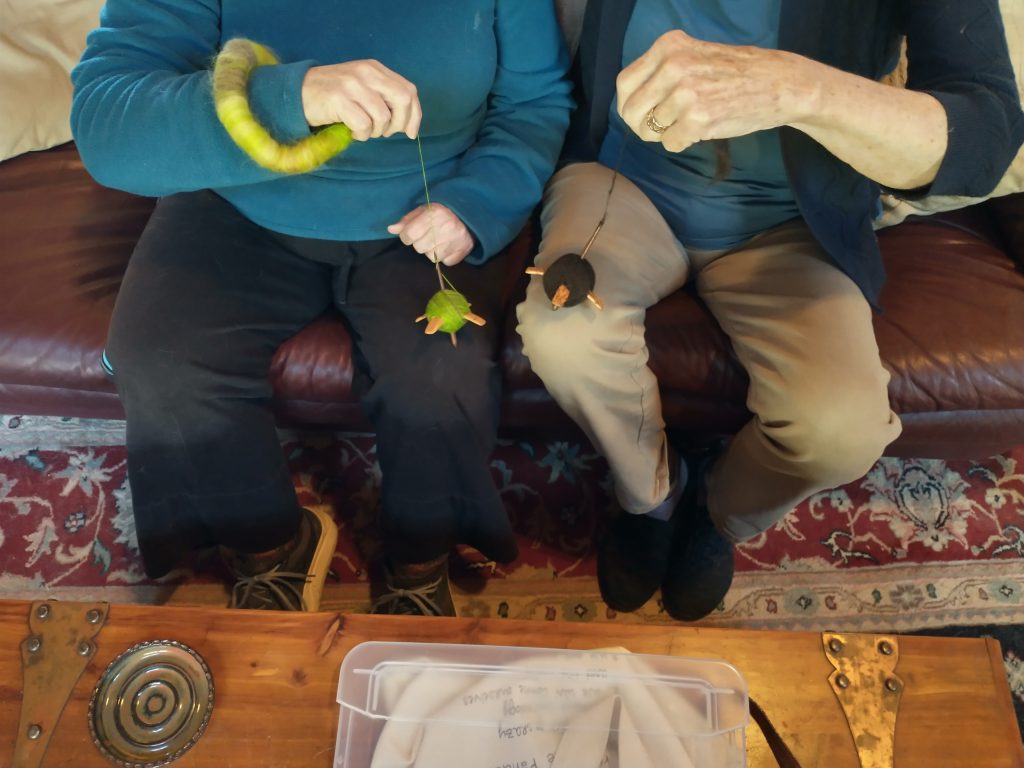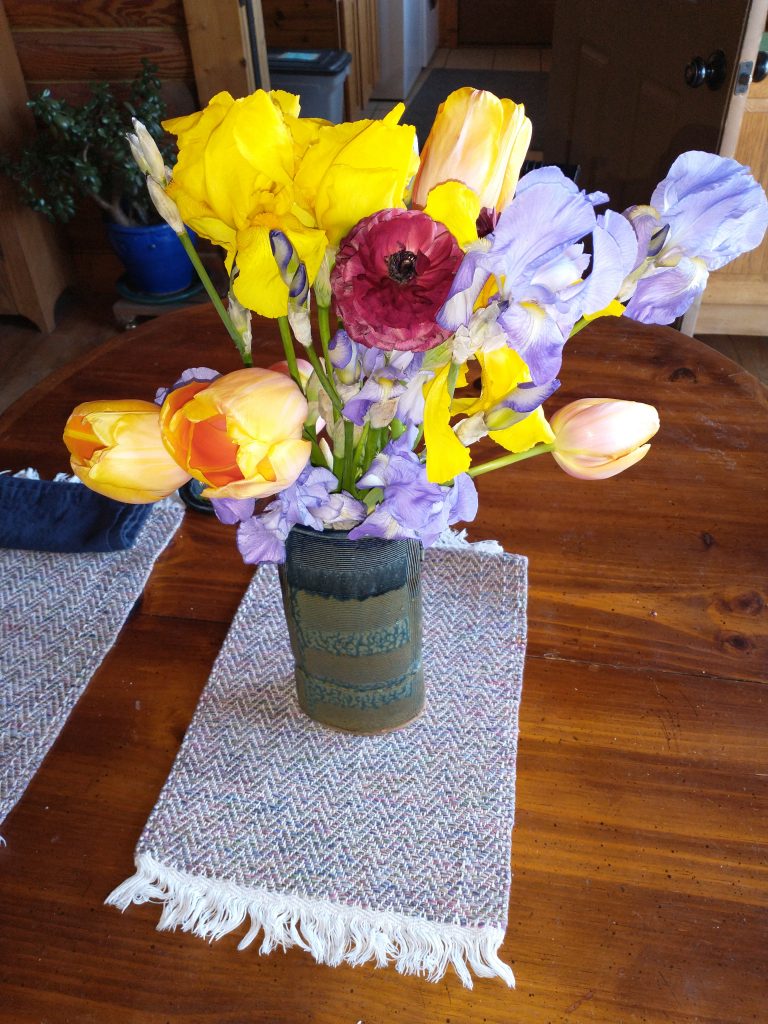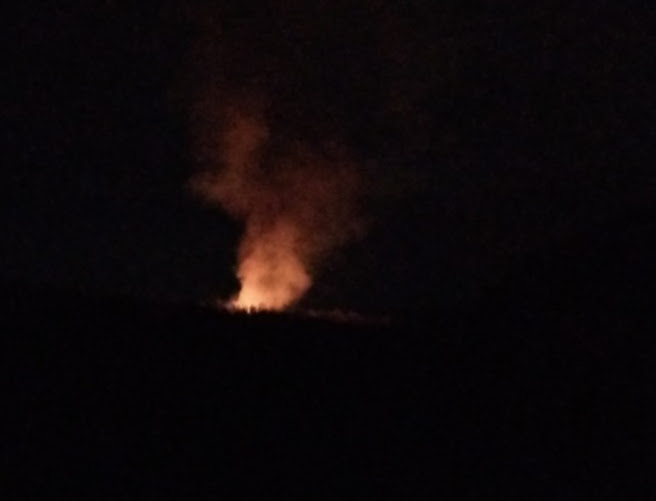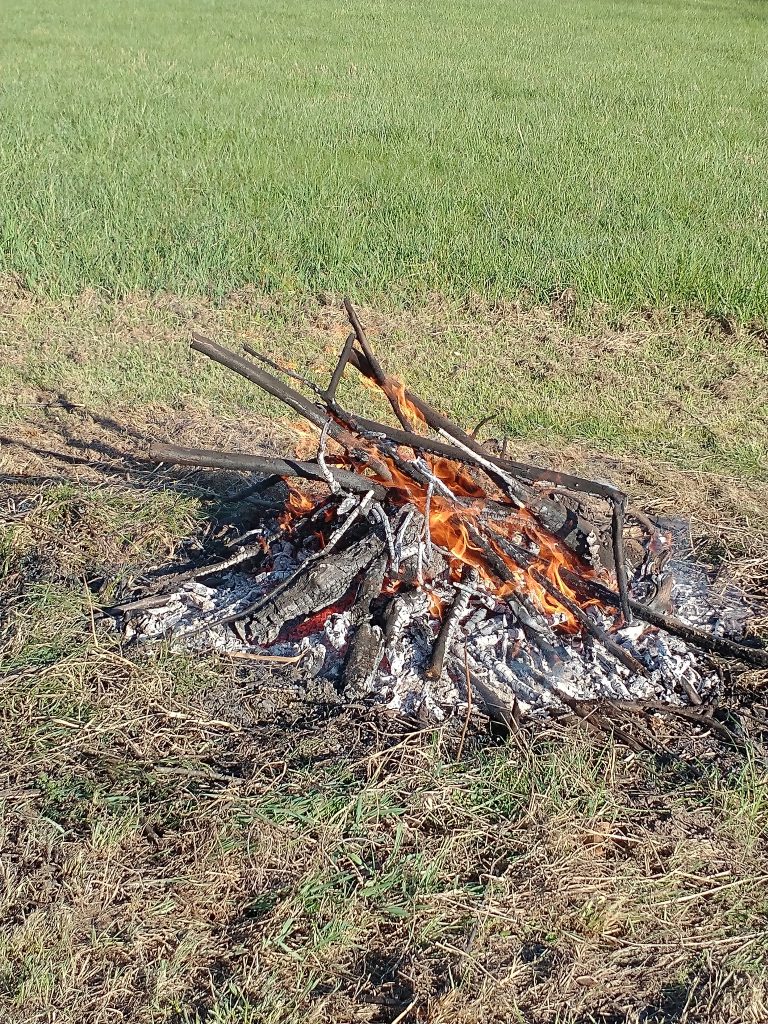As an introvert, quiet appeals to me. Sitting silently in the mornings before the activity of the day is a good way to reset before the chaos and noise of the daily events begin. My hubby and children, I think, fear that if I am ever alone in life that I will become that hermit. As a result, they encourage me to participate in activities with folks that share my crafts. It is easy with the two ladies that live in the same village and we try to get together at one of our homes each week. Those sessions are relatively quiet, chatting, quietly spinning or knitting, but each of us comfortable enough with silence to not feel the need to fill it with talk.

Noisy environments have always been uncomfortable to me and now that I wear two hearing aids, even more so. Maybe it was more comfortable not being able to hear it as well, though most conversation was missed. This is where forcing myself to become part of the event is more of a challenge. I will commit to attending the larger spinning weekly group, stating to hubby that I am going, then finding any excuse to not attend, though I made it today and there were only a few of us present. There are a couple of retreats that occur each year, and at one, I know most of the participants and feel more comfortable attending. The other, I have backed away from as many of the folks I knew for various reasons are no longer there. It is difficult for me to try to fit in then even though we are all doing the same sorts of fiber crafts.
Son1 and daughter, helped me get set up to Zoom with an online group of crafts folk, but I find that type of interaction very stressful and our internet is not the best, so keeping a picture and sound varies, making it more stressful. I am thankful that by the time Covid sent the world in that direction that I was already retired.
The hermit tendencies are ideal for garden work. Outdoors with only the sun, wind, and bird sounds as company. Sometimes, help would be nice, but given enough time, it gets done. It is almost time to put the tomatoes and peppers out instead of moving them out and back in the house daily. And the beans can be planted. That may happen today. Yesterday after spinning with the small group in town, the beds that had previously been prepared or planted were given a light scuffle with the hoe. The first radish and a handful of asparagus brought in.

For those who read the previous post, the missing Marans never returned, so the raccoon episode resulted in the loss of two hens, one killed and one missing, probably caught by another predator while out hiding. That leaves a small flock of 7. Day before yesterday, they were too traumatized to lay, but yesterday provided 6. We may be okay with just the remaining flock, but there are no extras to share with friends anymore.
The nice weather, though very windy this week has allowed a profusion of Iris blooms. My bouquet from the Farmer’s Market last week was looking sad, so the remaining blooms from it were added to a bouquet of Iris from the beds around the house. They are a favorite spring flower with their sunny colors and repeat blooms.

So the hermit of the mountain lives on, not writing as much as some years, wondering if the garden will overwhelm this year with trying to keep it thriving, and with preserving it’s bounty for the cold months that follow. She will get out again with friends to spin, even attending an annual social/potluck on the porch of one of the members of the spinning group. As I age, the hermit tendencies grow and it requires more effort to be social, but I am working at it.
Sometime this month, the new bees will arrive and again, an effort to keep a couple of hives alive for the year. The son that initiated this project is having better luck.


